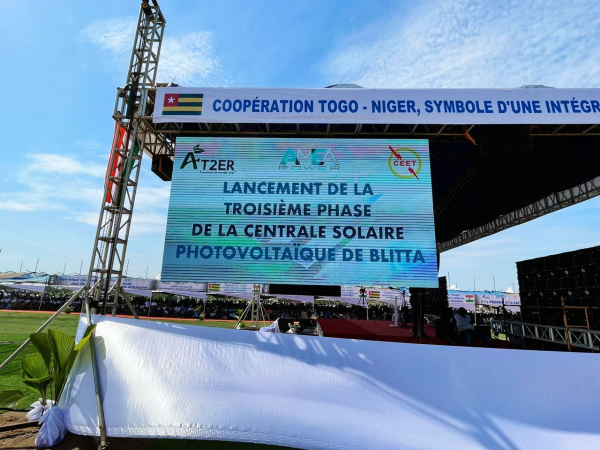According to the UN, the current pace of progress in the Asia-Pacific region towards achieving the Sustainable Development Goals (SDGs) is inadequate and unlikely to meet the 2030 deadline. Despite the region’s steady economic growth and technological advancements in recent years, significant hurdles such as rising inequality, climate change, and the COVID-19 pandemic have hindered progress towards the SDGs. This article explores the reasons behind this lag in progress and the potential implications for the region and the world.
According to a recent report by the United Nations Economic and Social Commission for Asia and the Pacific (UN-ESCAP), the Asia-Pacific region is set to miss the Sustainable Development Goals (SDGs) by several decades. The report highlights that the number of years required to achieve the SDG targets in the region has increased, and the goalposts have moved further away. The midpoint of delivering the SDGs is fast approaching, and the targets remain a long way off. Unless urgent action is taken, the region will miss 90% of the 118 measurable SDG targets by 2030.
The report, titled the SDG Progress Report 2023, is the flagship publication of the UN-ESCAP, in partnership with seven other UN agencies. It reveals that the region’s progress towards achieving all 17 SDGs has been slow, increasing from 4.4% in 2017 to 14.4% in 2022. The report calls for quick and intelligent investments, strengthened global partnerships, and building on the collective commitment to the SDGs to achieve a sustainable, prosperous, and inclusive future.
The implementation of global agendas has encountered several obstacles since 2015, including waning multilateralism and cooperation for global sustainable development, migrant crisis, climate change, trade wars, worsening inequality, health crises, and geopolitical conflicts. These challenges should serve as a clarion call for action, and we need to persevere with our commitment towards sustainable development.
The Asia-Pacific region is not alone in its difficulties achieving the SDGs. Many countries worldwide are struggling to make progress on this front. The SDGs have served as an effective framework for navigating and emerging from crises. However, eight years after their adoption, it would take extraordinary efforts to achieve them by 2030, and we must not give up on this ambition.
Despite these challenges, the report notes that skilled birth attendance is improving in Pakistan, where it has reached about 69% of births in the country. In collaboration with midwifery associations and UNFPA, Pakistan has invested in up-skilling midwifery faculty for pre-service education and in-service training in emergency obstetric and newborn care for midwives already deployed in facilities. To improve quality and access to emergency obstetric and newborn care, the Ministry of Health has made firm commitments to improve midwifery education and training as a key strategy for reducing maternal and infant mortality.
In conclusion, the SDG Progress Report 2023 highlights the urgent need for action towards achieving the SDGs in the Asia-Pacific region. We must think smarter, make intelligent investments, strengthen global partnerships, and build on our collective commitment to the SDGs to achieve a sustainable, prosperous, and inclusive future. We should not give up on this ambition, but rather take extraordinary efforts to achieve the SDGs by 2030.


